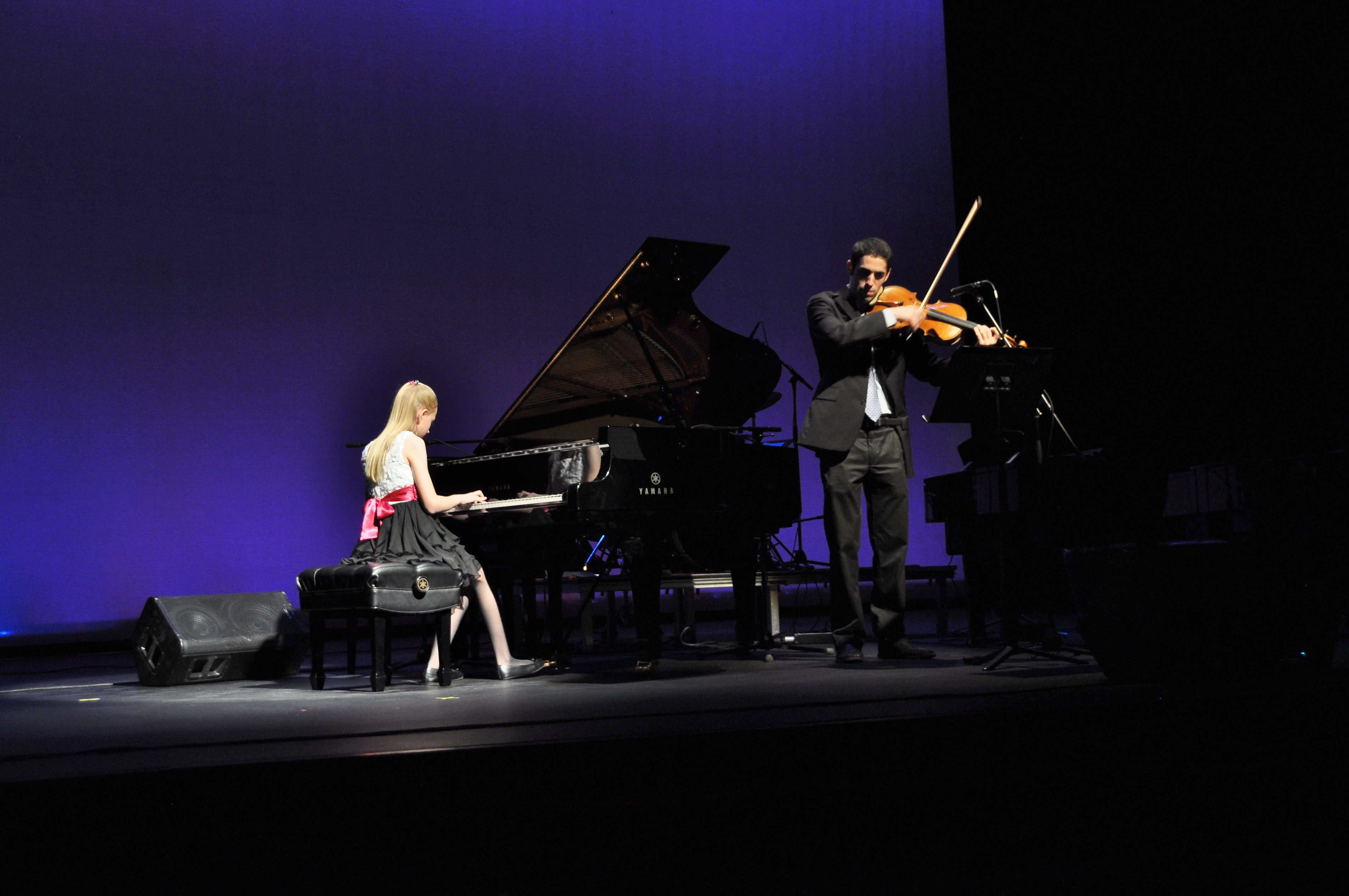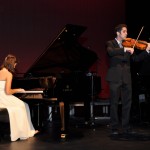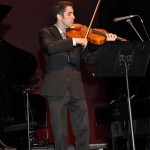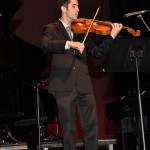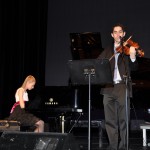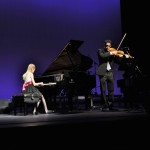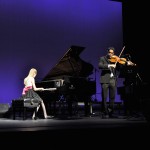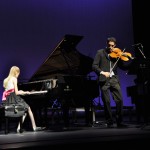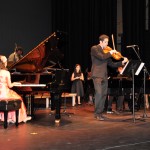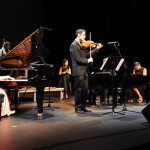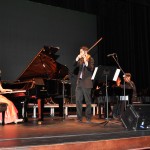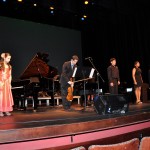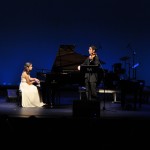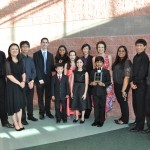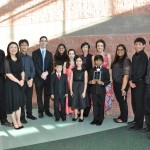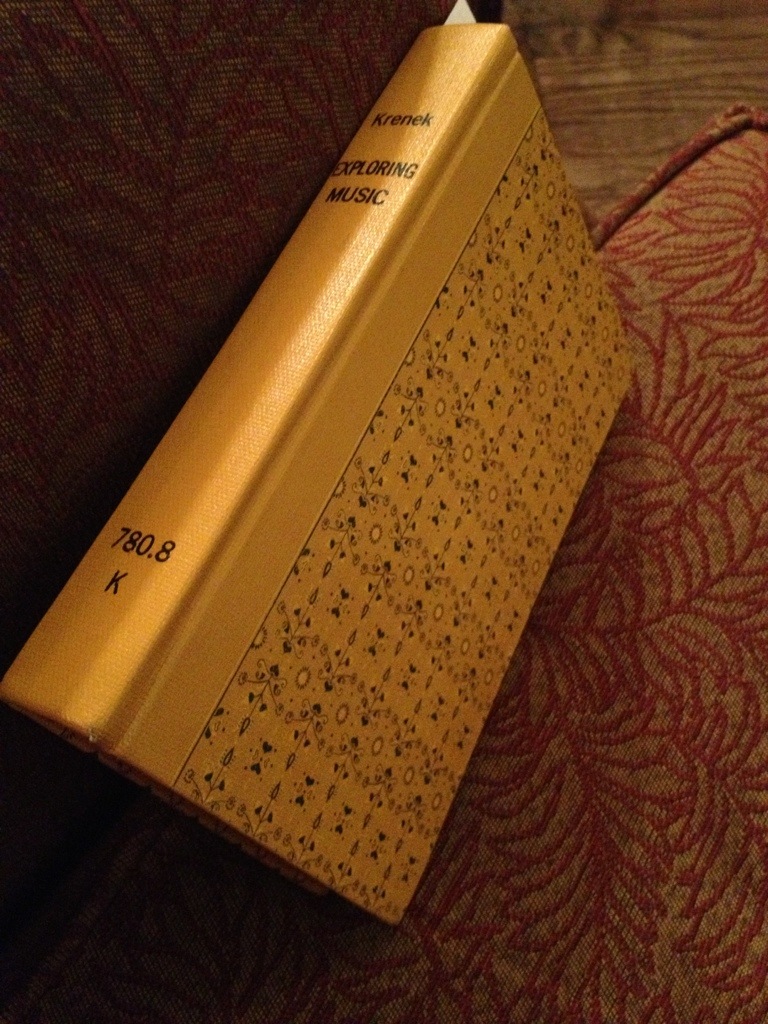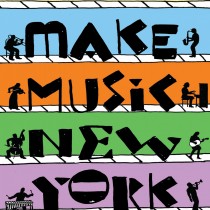Whatever music might do, it does only when one approaches it with an open heart and shares actively in its being.
~Ernst Krenek
Today I was reading a blog post about Minimal music and boredom by Andrew Lee on icareifyoulisten.com and some good points were made.
Last May, I had the wonderful opportunity to present at a conference on time and the arts in Caen, France. A number of papers addressed time in contemporary music, but it became quickly apparent that most authors had a greater affinity for the music of Stockhausen or Boulez than Reich or Glass. Moreover, there seemed to be a general distaste for all things minimalist among many attendees, something that I forgot even exists outside my own circle of friends and colleagues.
I presented a paper on temporality as a means of analyzing Tom Johnson’s An Hour for Piano, the details of which I will spare you. It was generally well received, but at the same time there seemed to be a slight edge to some of the questions. I don’t necessarily think that it was incredulity at my findings so much as my interest in this music. (Easy for me to think, no doubt.) At one point, a questioner even went so far as to ask, “So you admit that this music is boring.”
My response: “Yes.”
I don’t think anyone expected me to come out and say that. My point, of course, was that minimalist music is in some ways intentionally “boring” on the surface so that one’s attention is drawn to other details, that a different sort of listening experience becomes possible. If one does not allow for other possibilities, does not move beyond the immediacy of the notes and teleological listening, then naturally the music is frustrating and boring.
It was interesting to me as I’ve been thinking a bit about how people inside our musical world approach different musical Movements. Movements not being sections of a larger piece of art, but rather a group of people making some sort of impact on the world. In Europe, Andrew encountered an underlying hostility to Minimal music which he implies is due to a musical heritage stemming from the arch-modernists, a general cultural preference.
What kills me the most about this kind of turf war is that the philosophical underpinnings of what these different sub-genres of music are meant to do to is change the way we listen to music. Andrew states clearly that, “minimalist music is in some ways intentionally “boring” on the surface so that one’s attention is drawn to other details”. I remember the program notes to Glass’ Einstein on the Beach as another example, where it asked the audience to listen to super structures that occur over time. The music of Boulez, Stockhausen and Babbitt all asked us to open our ears to greater harmonic and coloristic content. The totally serialist works and indeterminate music that made such an impact in the second half of the 20th century asked our ears to open up the possibility of what music could be.
This idea along with the intentional fallacy are foundations of artistic thought in the 20th century and now. What these composers did was use this philosophy to carve out justifications for their work, but then they turned around and trashed people that weren’t writing like themselves, just trying to make their own music.
This brings me back to the quote I started with. Since I’ve been plowing through so much Krenek, it sometimes startles me how inconsistent he can sometimes be. After arriving at such a great quote that clearly defines a way of listening that is open to what could be, not two pages before that he had trashed popular forms in the context of radio play.
Now the most popular form of enjoyment is, without a doubt, love. The musical experience of the ‘ordinary man’ is frequently connected with affairs of the heart: he takes his girl friend to a dance for instance, thus paving the way for a less formal approach. So it is felt that the music which serves such ends must possess an absolute enjoyment value. And for that reason, radio with devastating logicality pumps out dance music at all times of day. In consequence the state of bliss engendered by music becomes associated irrevocable with the idea of the noisy consumption of expensive drinks.
Krenek, E. (1966). Exploring music; essays. New York: October House.
Krenek! Stop imposing subjective considerations of value on popular forms!!!
